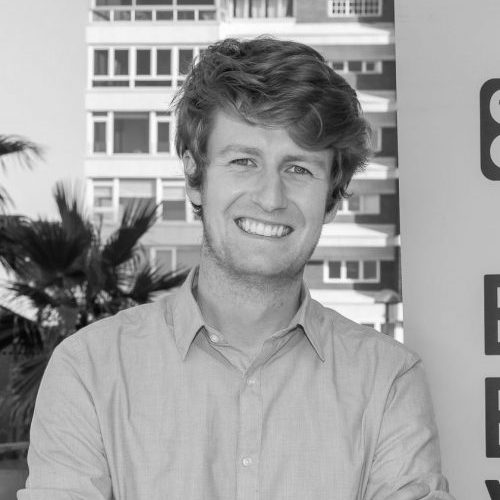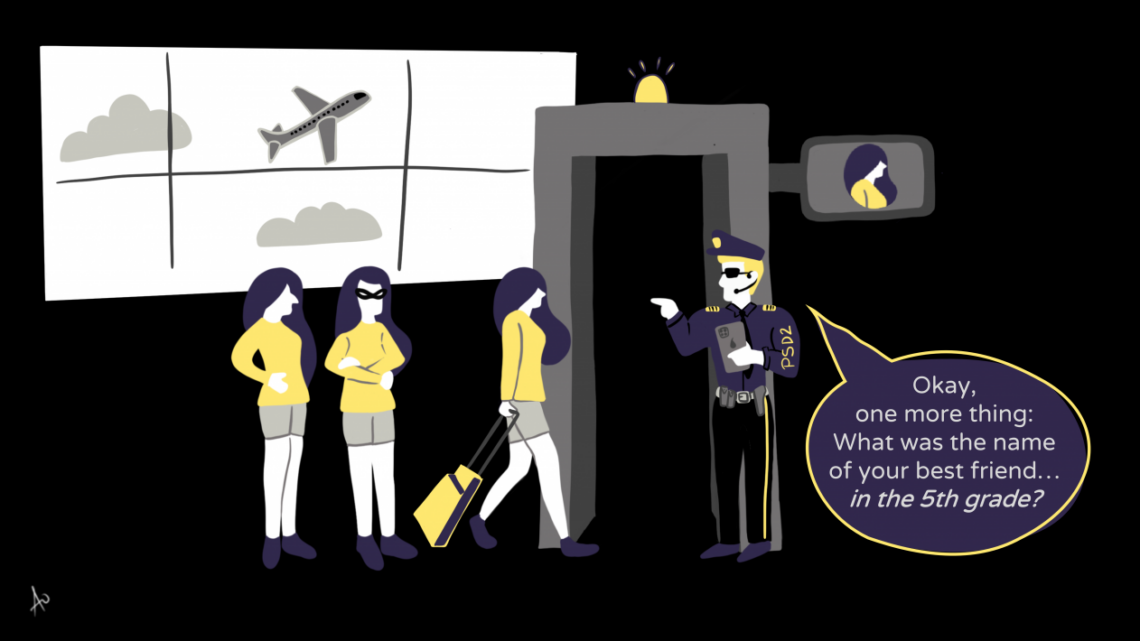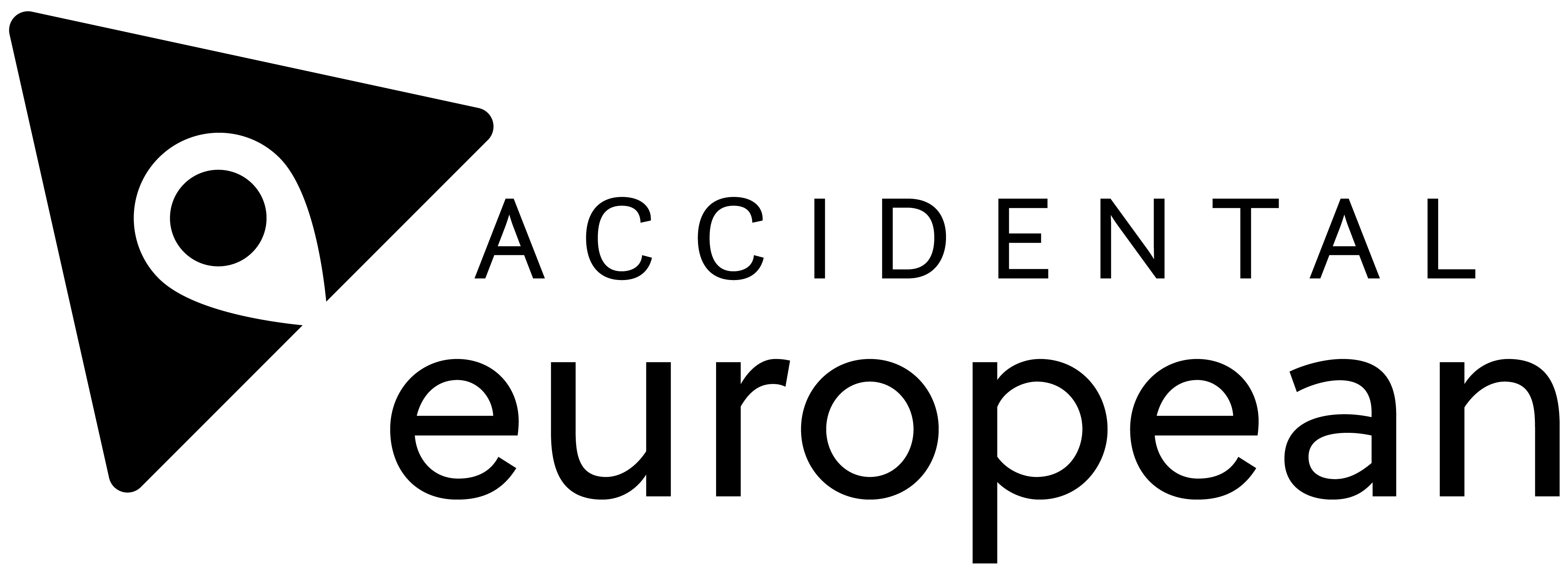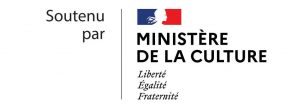Over the past six years, I have had the chance to discreetly observe how French-speaking higher education institutions operate on a daily basis within the Agency for Quality Higher Education (AEQES) in Wallonia-Brussels Federation (WBF). I have participated in the evaluation of over 70 programs at 50 institutions. Based on interviews with several thousand people across all networks and all forms of education, I have distilled what I have learned into nine actionable recommendations (and some more sub-recommendations) for those involved in administering education.
While these proposals are intended to inspire educational institutions in their policymaking, I think that we could also consider them within the context of education across the EU.
What’s the EU’s stance on higher education?
The European Union (EU) will always have an important role to play in setting the higher education agenda across the continent.
The Bologna Process (1999), for example, marked a philosophical turning point in establishing a pan-EU approach to higher education (referring to universities, adult schools, technical schools, any learning institution that goes beyond secondary school). From this moment, Member States agreed on the importance of maintaining the bar high in quality education, and thus established quality assurance agencies at local levels (such as the agency for which I worked) while also adopting the European Standards and Guidelines (ESGs).1Available online: ESG • ENQA
The ESGs define what constitutes a “quality” educational program, and notably prioritise the following:
|
1. Transparency and assurance. |
|
2. Democracy and citizenship (all stakeholders have a voice). |
|
3. International cooperation (spearheading mobility). |
|
4. Students and their central role in the learning process. |
The implementation of quality assurance methods executed by local agencies is considered by higher-education establishments as a key EU reform during 2005-2015.2Source : Andrée Sursock, Trends 2015: Learning and Teaching in European Universities, EUA, 2015 (trends 2015 learning and teaching in european universities.pdf (eua.eu))
The recommendations I make below reinforce the ideals of the ESGs and strive to take them further in certain aspects.
1. Ensure “Quality”
In French-speaking Belgium, the quality assurance mechanism is applied in a unique way at a European level.
To open an official program in WBF, it simply suffices to have your proposal approved when filed. This authorisation is granted without a time limit and without barriers.
The AEQES, in its approach, has chosen to make its evaluations formative moments, based on dialogue and benevolence. Quality assurance teams around the EU can learn a lot from the WBF. Networks of quality assurance agencies observe this model with astonishment, and this gives rise to fruitful discussions on best practices. Numerous foreign experts are baffled by the candour with which establishments reveal themselves during AEQES evaluations. This system is based on humanist values which appeal to the best in us when placed in favourable conditions. It is a great source of motivation for teams of educators.
However, when the AEQES issues an alarming report, it is imperative for the credibility of the system that politicians take heed of it.
If not, then certain education programs risk falling below the minimum level. It is unacceptable that students (often with less starting capital) invest in education programs that do not provide them with fundamental tools.
2. Finance with education vouchers
What if we gave students ownership of their educational experience via “education vouchers” allowing them to finance 300 ECTS (European Credits Transfer System), or 5 years of higher education?
Through this mechanism, they might have the freedom to decide the following:
|
1. Resell their voucher to the government in order to directly join the workforce or start a business? |
|
2. Buy supplementary ECTS to study more? |
|
3. Extend their education across a longer period to increase their chances for success (beneficial for working students, for example)?3See also on this subject « Le prix Maystadt : « Le décret Paysage renforce les inégalités et la précarité étudiante » » (Le Soir, 26/02/2021) |
These vouchers would give students decisionary power and an important level of autonomy to plan their educational experience to fit their needs and interests. This would boost their engagement and allow them to be more strategic in the long-term on what they strive to achieve or obtain in their education and lives.
3. Promote self-awareness
Is there a secret to guaranteeing quality education? Perhaps not, but there is a central success factor: self-awareness. And there are ways institutions can encourage its development.
Institutions should encourage staff to observe, discover and assess the best practices of other educational systems! There are numerous avenues available for this: Erasmus, joint research projects, non-academic experience, quality evaluations, etc. Such experiences enrich our understanding of the system in which we navigate and often bring to light issues or methods we may not have considered previously. Best practices need to be shared across borders!
In parallel, students should also be given a digital portfolio to accompany them throughout their entire higher education cycle, providing periodic moments of introspection:
|
What are my strengths? What do I need to broaden? What do I want to discover? |
|
What is my career goal? Does it align with the reality of my education? |
|
How do I approach or adjust my education to adapt to my evolution as a person today? |
While we know that learning is a journey, have we truly embraced its introspective dimension? I think there is still room for improvement, and rather than take a top-down approach, we should encourage students to ask themselves questions throughout their educational journey so that their studies are in line with their passions. This introspection should also be accompanied with tangible goals and objectives co-constructed with students to increase individual chances of success.
Student-centred learning and international mobility are prioritised at EU level, however, I think we still have room to reinforce staff mobility while placing students and their experience at the epi-centre of the learning process.
4. Empower students to become autonomous in learning languages
The Bologna Process powerfully strengthens mobility across the European Higher Education Area, in particular with the development of the European Credits Transfer System (ECTS) and the launch of the Erasmus programs.4Among the other tools developed in this area, we can also note the adoption of the European Qualifications Framework (which defines what is a Bachelor’s, Master’s or Doctorate degree) and the mechanisms for facilitated recognition of diplomas via ENIC-NARIC.
Mobility experiences, with the cultural exchanges that they induce, are powerful tools in strengthening inter-European understanding and cultivating friendships.
We should enable students to take part in this fruitful cultural exchange by teaching them languages, which are essential in their professional path.
Learning languages offers a suite of benefits amongst which are independence and professional development reflexes.5See https://www.livescience.com/46048-learning-new-language-brain.html for the cognitive benefits of learning a language.
That is why each study program should begin by setting a clear target level to be reached by the time the student graduates. We can establish a contract such as the following with the students:
“At the end of your Bachelor in a given field, you will have to prove, via an official test, that you have achieved a B2 level in German. This corresponds to 25 ECTS (for example).”
To validate these 25 ECTS, students would be free to choose the activities best suited for them: language courses of whatever level (adapted to their needs), conversation tables, tandems, other optional classes given in a foreign language, (inter)national mobility, etc. Twice a year, students will review their progress with their guidance counsellor (cf. nr. 3).
5. Keep students from self-censorship
The first step involves helping students make informed decisions about their futures. Don’t let talent limit itself, especially among socially disadvantaged profiles. And support your girls. My sister and I can testify to this: one of us is a commercial engineer, the other holds a double bachelor degree and a double master degree of letters. However, when embarking on this journey, we could hardly believed that we would have the capacity to take on the challenges for which we set out. Yet despite our apprehensions, we always managed to succeed in the first round of examinations. So please don’t hesitate to go for it girls!
I have met hundreds of students who regret their first career choice, compounded by the fact that it was pursued due to chance, pressure or default. Secondary schools and higher education institutions should improve the number, accessibility, and visibility of career guidance counsellors in order to reassure students, provide career advice and prevent self-censorship.6To inform students of their career choices, also promote awareness of existing platforms such as www.mesetudes.be and www.siep.be.
6. Inspire via role models
Students are often unaware of what their historical peers – those that have followed a similar educational path to them – have gone on to do. Role models can help solve this, as they can inspire students and help them explore professional pathways without fear of judgment or commitment. There are a few ways higher education institutions can utilise role models:
|
Beyond offering inspiration, positioning alumni as role models for current students could demonstrates how an institution can help shape students’ career paths, or how higher education institutions can set them up for success. This can also inspire teachers, or any educational staff member, and can foster feelings of shared accomplishment and commitment to excellence throughout the institution. |
|
Internships in professional environments can offer students a taste of what professionals do on a daily basis. Forming relationships with professional role models can help students in their long-term trajectory. Such connections can turn into mentorships, friendships, or even employment. |
|
Develop alumni networks, whereby current students can contact former students and ask for career advice, guidance, etc. |
Role models aside, institutions should have a committee or board of professionals that contribute insight to the pedagogical choices offered. This board is essential in ensuring long-term employability for graduates as it determines educational direction and ensures the prevalence of relevant, skill-based learning; such commitments will guarantee the success of future alumni, thereby developing the next generation of role models.
7. Do, do, do
Give students the freedom to try things. Too often, learning is restricted to books, discussions and lectures.
Institutions should prioritise teaching methods that completely engage the student: let them try and achieve things for themselves.
Set up projects, manipulate real objects and data, create content… Opt for educational plans that provide students with tangible accomplishments and experiences.
This type of transferable, hands-on experience is invaluable because it allows students to see the direct results of their education, beyond a simple grade on an exam.
Work and study schemes are a great way to infuse learning with experience: two days on the benches, three days at work. This model prevents students from dropping out, gives students a taste of the real world and closes the gap between work and lifelong education. This method has already been tested in France, Germany and other European countries, and though the kinks and crannies are still being worked out; let us assess these benchmarks, make them better and apply them on a larger scale.
8. Believe in students
How can institutions play a role in reinforcing students’ entrepreneurial postures, excellence, and democratic participation?
By supporting and reinforcing the talents they already possess. Stimulate the entrepreneurial spirit, train them to create jobs. In practice, this means pursuing the following approach:
| Simple: propose more flexible schedules for students. |
| Visible: encourage participation and introspection, for example, via regular meetings with career guidance counsellors who will actively encourage student engagement in on-campus extracurricular activities (cf. nr. 3) as a means to build other key competencies beyond books. This would demonstrate that institutions are not just engaged in students’ personal education, but also in other overall skill developments needed for their futures. |
| Pedagogical: take the time to decode with the young elected representatives the issues at stake in the representative bodies on which they sit. 7On the other hand, I do not believe in the usefulness of valuing student commitment in the form of ECTS – an idea that is hardly supported by the students themselves. |
| Constructive: professionalise student associations. |
9. Take care
“Take care” is an adage that has become all the more important particularly during this year of pandemic. Here are some ways to positively affect students’ mental and physical wellbeing:
| Deal with student insecurity. Provide food aid, but also mental and physical health practices, physical exercise, first aid, etc. Youth poverty and insecurity are institutional challenges. |
| Offer quality, affordable food on campus.8Cf. my previous article on Accidental European: “Our Fundamental Right to Eat Well: Food Waste, Food Aid and Real Solutions” |
| Renovate and maintain buildings. High-quality buildings are a testament to the respect we have for students and staff, and should constitute a priority. At the WBF level, I was shocked by the state of the toilets in higher education institutions, and promised myself to write about it one day. |
The ugly truth
Even if students have a bachelor’s or master’s degree, nothing can guarantee them long-term employment given the rapidly evolving nature of technical skill sets, and our socioeconomic conditions.
However, education professionals could provide students with tools that they’ll find useful throughout their lives, getting them used to making informed choices, checking in regularly with their development, encouraging mental and physical wellness, and nurturing their entrepreneurial spirit to remain adaptable to an ever-changing market.
These evolutions in higher education will guarantee a brighter future that I cannot wait to see.










